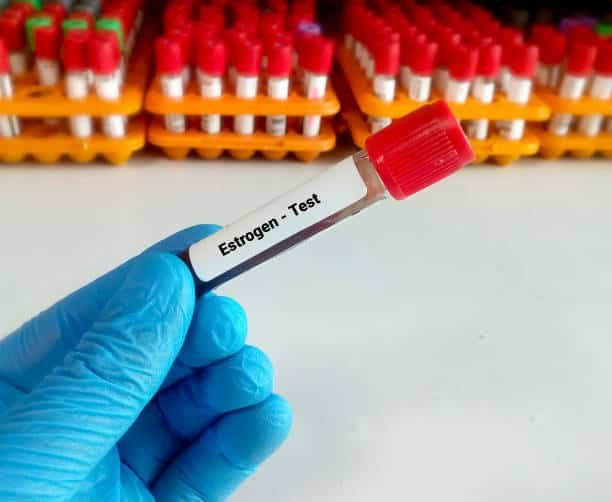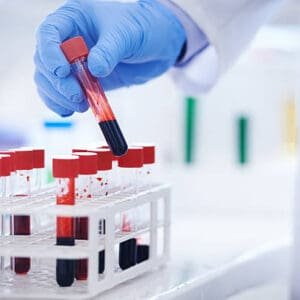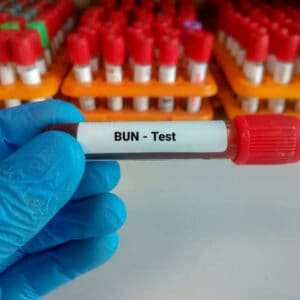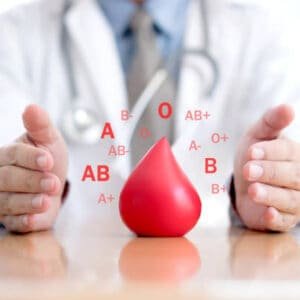Description
An estradiol test is a simple blood test to measure the amount of estradiol in a person’s blood. Estradiol, also known as E2, is one of the four types of estrogen that the ovaries chiefly produce. The adrenal glands, placenta, testes, and some tissues also produce smaller amounts of this hormone.
The right estrogen levels are essential for reproductive health. Having too much or too little estrogen can also lead to medical problems, such as weak bones, urinary tract infections, and even depression.
Doctors may order an estradiol test if they are concerned about a person’s fertility, puberty, or menopause. In this article, we examine when a doctor might order this test, what the results can mean, and what to expect during and after the test.
Why might it be used?
Doctors will likely request an estradiol test if they want to find out more about why a person’s sex characteristics are developing in a certain way.
Although estrogen is known as a female sex hormone, it also plays a role in male growth and development.
Estradiol levels can affect how the reproductive system develops. Abnormally high or low levels can influence how the following parts of the body grow and work:
- womb
- fallopian tubes
- vagina
- breasts
- libido
- erectile function
- sperm cells
During their reproductive years, women usually have their highest levels of estradiol. After reaching menopause, estradiol levels are much lower.
Problems caused by abnormal levels of estradiol include:
- menstrual problemssymptoms of the transition to menopause
- infertility
- gynecomastia or a benign swelling of the male breast tissue
- ovarian tumors
- breast cancer
An estradiol test can detect early or late puberty. If a child appears to be starting puberty earlier or later than expected, a doctor may order this test.
Transgender women may take estradiol as part of their hormone therapy to develop more female characteristics. If so, their doctor may wish to perform regular estradiol tests to monitor their levels.
To carry out an estradiol test, a medical professional will take a blood sample from a person’s arm or hand. They will clean the area and then look for a suitable vein.
They will use a needle to draw blood from the area, which they will then send to a laboratory for testing.
The results of an estradiol test vary from person-to-person and will indicate different things, depending on the individual. Many factors can affect what the results mean, such as age, sex, and health history.
Doctors measure estradiol levels in picograms per milliliter (pg/ml).
- In premenopausal females, normal estradiol levels are 30 to 400 pg/ml.
- In postmenopausal females, normal estradiol levels are 0 to 30 pg/ml.
- In males, normal estradiol levels are 10 to 50 pg/ml.
If the test results indicate low estradiol levels, they could signal one of the following:
- ovarian failure
- menopause
- low estrogen levels due to rapid weight loss
- low levels of pituitary hormones
- failing pregnancy
- Turner syndrome, a chromosomal condition that can cause infertility
If the test results indicate high estradiol levels, they could signal one of the following:
- hyperthyroidism
- liver damage
- gynecomastia
- tumors in the ovaries, testicles, or adrenal glands
Pregnancy and a person’s menstrual cycle can affect the results in the following ways:
- Estradiol levels are higher during pregnancy as the placenta produces estradiol.
- During the menstrual cycle, estradiol levels are highest during ovulation and lowest during menstruation.
In adolescents, high levels of estradiol could signal early puberty in girls and delayed puberty in boys.






Reviews
There are no reviews yet.